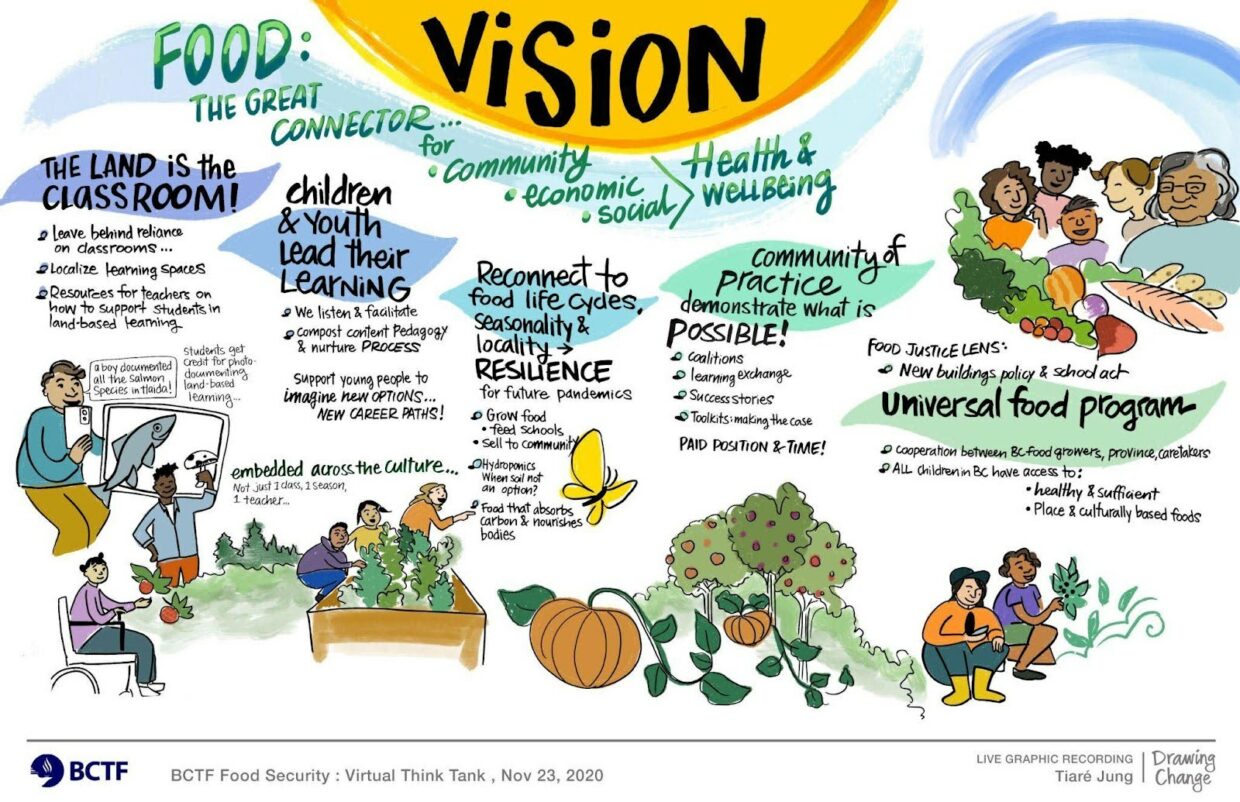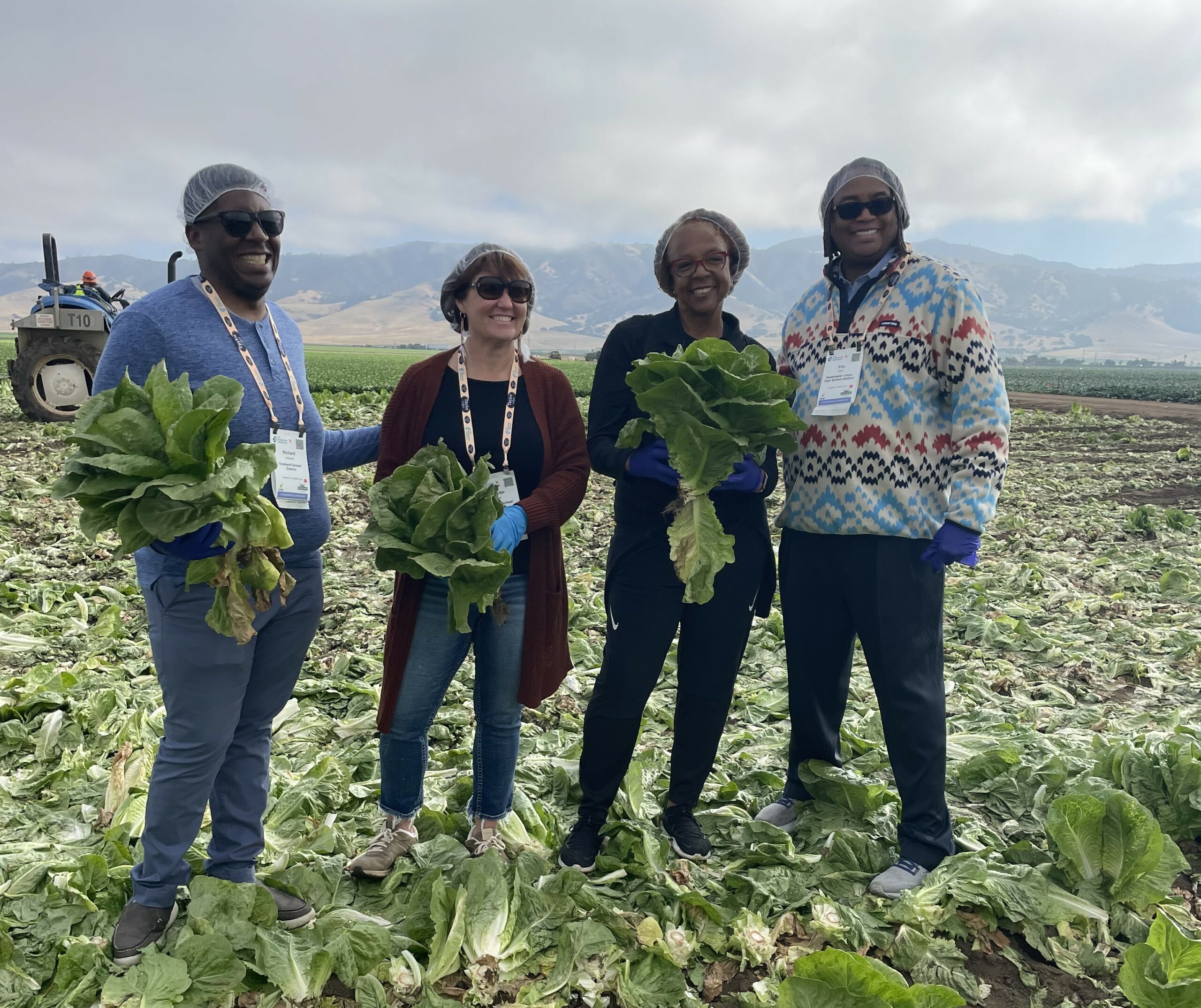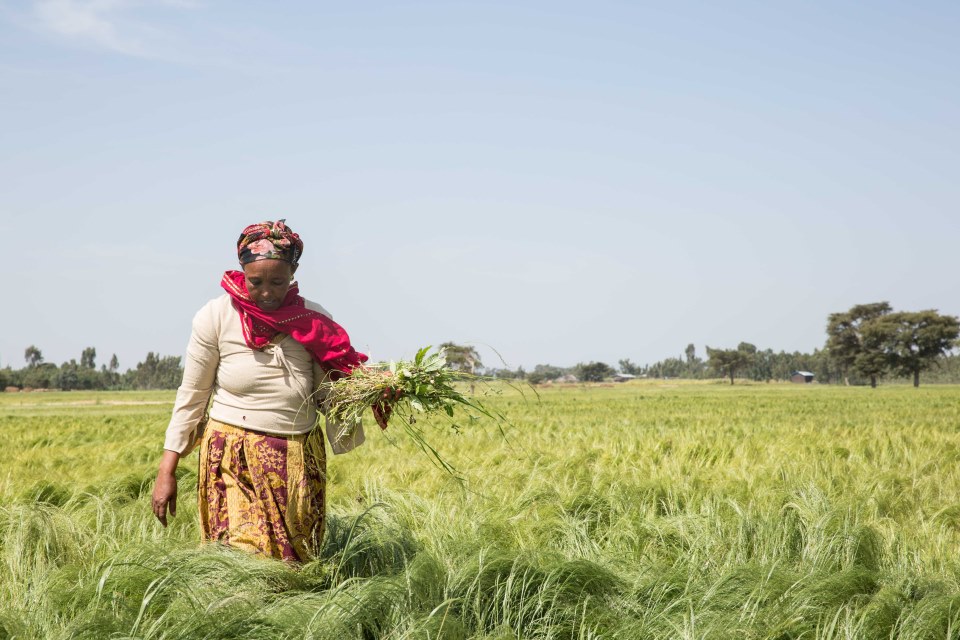Reducing Hunger and Improving Focus: School Meal Programs at the Intersection of Nutrition and Education
Reflecting on Afshan Khan‘s remarks from the 2024 Global Child Nutrition Forum
Blog by Alissa Rutkowski, GCNF Communications Coordinator in collaboration with the Scaling Up Nutrition (SUN) Movement
International Day of Education, celebrated annually on January 24, emphasizes the pivotal role of education in building equitable, sustainable futures for all. Around the world, school meal programs and nutrition-focused interventions amplify educational outcomes while advancing sustainable development goals. Japan’s Shokuiku (“food and nutrition education”) initiative is one compelling example of how integrating nutrition education into school meal programs can strengthen education systems and equip children with lifelong healthy habits.
At the 2024 Global Child Nutrition Forum in Osaka, Japan, 408 participants from over 82 countries gathered for four-days of learning, collaboration, and advocacy centered around the theme “School Meal Programs in an Era of Food Systems Transformation“. Afshan Khan, Assistant Secretary-General of the United Nations and Coordinator of the Scaling Up Nutrition (SUN) Movement, delivered remarks testifying to the multi-sectoral benefits and transformative power of investing in school meals. The following are her remarks as presented at the Forum on December 10th, 2024:

“Distinguished colleagues and partners,
It is an honor to address you today at the Global Child Nutrition Forum as we work towards a shared vision of a healthy, nutritious future for all children.
As Coordinator of the Scaling Up Nutrition (SUN) Movement,
I represent a coalition of civil society, donors, the private sector, UN agencies, and 66 countries united in the fight against malnutrition in all its forms, especially among children.
Access to nutritious diets in early life lays the foundation for children to thrive in health, learning, and development. Yet, we have a long way to go to give all children the healthy start that they need:
- 148 million children are stunted
- Over half of preschool-aged children have micronutrient deficiencies
- And since 1990, childhood and adolescent obesity has quadrupled
Good nutrition is essential in a child’s early years, but it doesn’t stop there. School-aged and adolescent children have critical nutritional needs too. Sadly, unhealthy diets, often driven by aggressive marketing, are moving children away from diverse, or traditional diets.
School meal programs can provide an effective counterbalance. Globally, they reach 41% of primary school children. Regular school meals can:
- Build on early investments in nutrition.
- Reduce hunger and improve focus in classrooms.
- Enhance learning outcomes and advance gender equality.
- Increase school attendance by 9%, with even greater impacts for girls.
When combined with other interventions like deworming and micronutrient supplementation, school meals can significantly enhance children’s health and development.
Clearly, more than a way to fill stomachs, nutritious school meals can foster lifelong healthy habits, dietary diversity and help to mitigate risks of obesity.
Given that school meals account for 70 percent of publicly procured food (globally) they present a real opportunity to promote local sourcing and climate-smart agriculture.
They are also an effective intervention during and after shocks and emergencies, helping keep children nourished and in school through crisis. An important consideration when half the world’s extreme poor now live in conflict and fragile states.
Here in Japan the championing of Shokuiku (‘food and nutrition education’) is an example for the world to follow. It incorporates health, nutrition education, social protection and community engagement to feed and educate children about the benefits and preparation of locally sourced, traditional nutritious meals.

School meals are expanding in most regions, with governments increasingly recognising the importance of formalising school meal programmes into institutional policy and connecting them with other health and nutrition initiatives and allocating domestic budgets. Investments in children’s nutrition has economic future economic gains for the whole country.
In Cambodia for example, the Home-Grown School Feeding Program has reduced food insecurity in vulnerable communities and promoted gender equality by creating income opportunities for women. Energy-efficient stoves and locally sourced foods have contributed to environmental sustainability.
Rwanda announced in 2022 that school meals coverage increased from 660,000 to 3.8 million students, and the national budget dedicated to school meals increased from $33 million to $74 million. And in Benin, the country has committed to moving towards universal school meals coverage with a national budget increase from $79 million to $240 million over the next five years.
But there is still a great deal of work to do to reach all, especially vulnerable communities and low income countries. Reaching children in fragile and conflict affected states remains a significant challenge, but one that needs urgent attention.
It is good to see the trend towards national sustainability. India is feeding some 90 million children daily and Brazil some 40 million children entirely from domestic finance. But lower income countries need more international support to match domestic financing.
Moving forward it will be important to expand school meal coverage but also to focus on healthy school environments. This includes access to water, sanitation and hygiene facilities, it includes strict policies that stop the sale of unhealthy foods on school grounds, promote more physical activity in the school day, nutrition education and regular health check-ups for children all help to get the best outcomes quickly.
This week’s event comes at an important time with an increased focus on nutrition stemming from COP28’s Declarations through the Summit of the Future and the launch of the new G20 Alliance on Hunger and Poverty. 2025 will be a big year for nutrition with the Nutrition for Growth Summit in Paris, the renewal of the WHA Nutrition Targets, UNFSS+4, the SUN Global Gathering and COP30 – all of which offer nation states and national stakeholders as well as the global community opportunities to accelerate cross-sector action for better nutrition outcomes for children, women and their families and communities.
As the world grapples with the new reality of shrinking donor funding, high debt levels, rising climate change and geopolitical challenges we will need a joined-up, systems approach that links nutrition into climate, food systems, health and education. At SUN we are actively supporting the preparations of Nutrition for Growth building on the tremendous success of the Tokyo Summit hosted by Japan. The commitments that many of your governments make will be the key to taking forward actions to build the human capital that is needed for the next generation of leaders. You will hear more about the Summit from Brieuc Pont in a moment.
Global networks such as the Global Child Nutrition Foundation play an important role by helping to build bridges across sectors, stakeholder groups, views and traditions, helping us to learn from each other and collaborate better for effective local nutrition solutions.
I want to also specifically thank the sponsors of this event (Rockefeller, CIFF, Ajinomoto, Catholic Relief Services, Food 4 Education, the foundation for Fresh Produce, Nakanishi and World Vision) for their commitment and leadership in this important area of nutrition. And I must also acknowledge the exemplary work of the School Meals Coalition co-chaired by Brazil, Finland and France working together to ensure that every child receives a healthy and nutritious daily meal in school by 2030.
Investment in nutrition is good value for money, a $1 investment can have a $23 return. And, the benefits far outweigh the costs of no action ($41 trillion over ten years according to the World Bank). Including school meals as part of a life-cycle approach that supports good nutrition at every stage of life—from breastfeeding and nutritious first foods for babies, to healthy school diets and vitamins for adolescents, especially girls—can help every child reach their full potential and build healthier, more productive societies.
I wish you an enjoyable and informative event. Thank you.”
Since 2010, the SUN Movement has inspired a new way of working collaboratively to end malnutrition, in all its forms. SUN works with countries across Southern and South-eastern Asia to tackle persistent malnutrition challenges. In Sri Lanka, the success of the National School Meals Programme demonstrates the power of multiple sectors, stakeholders and communities working together. Learn more about this work here.
Photo credit Kenichiro Takamatsu, property of the Global Child Nutrition Foundation


















